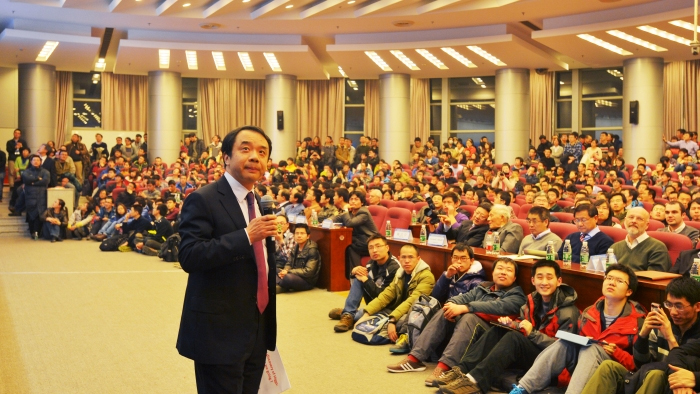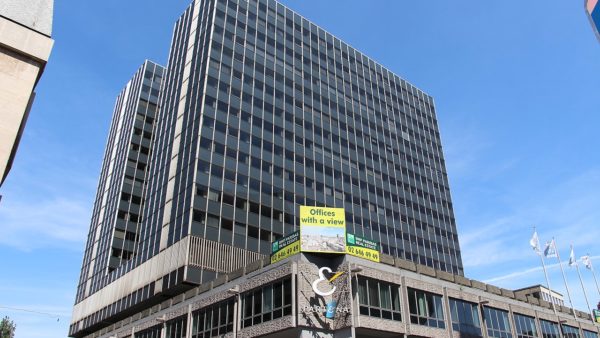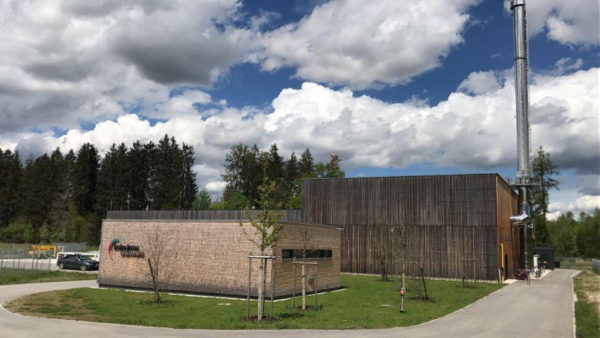China is planning to enter the experimental physics super leagues with a particle accelerator seven times more powerful than the CERN Large Hadron Collider (LHC), which discovered the Higgs boson.
The project was first mentioned in three years ago, but most physicists around the world assumed that the Chinese would begin with a modest project to hone their skills.
Instead, they are planning to build a 100km long loop, more than three times longer than the LHC.
The aim is to produce a “factory” for making Higgs bosons in hopes that if hundreds of bosons are produced, it will be possible to find deviations from the particle physics’ “standard model”, which would then give theoretical physicists data for their hypotheses.
In this situation, you just have to put this brand new weird particle under as powerful a microscope as you can– Nima Arkani-Hamed, theoretical physicist at Princeton
Wang Yifang, the director of the Institute of High Energy Physics in Beijing, told China Daily: “The technical route we chose is different from the LHC. The LHC smashes together protons and generates Higgs particles together with many others. The proposed CEPC, however, collides electrons and positrons to create an extremely clean environment that only produces Higgs bosons.”
The design of the facility will not be completed until 2018 and work will begin in 2020, by which time China hopes to have recruited physicists from around the world to staff on the project.
The location of the scheme has not been decided, but Wang has suggested Qinhuangdao, a northern port city near the start of the Great Wall.

Yifang Wang, the director of the Institute of High Energy Physics in Beijing, who proposed the accelerator (IHEP)
The Higgs boson is the particle that carries the Higgs field, which is thought to exist throughout the universe, and which explains a number of mysteries about the standard model, such as why particles have mass and why the strong nuclear force that binds the nuclei of atoms has such a short range.
It is also one of the strangest particles so far discovered, having no spin, no electromagnetic charge and the ability to interact with itself.
“In this situation, you just have to put this brand new weird particle under as powerful a microscope as you can,” Nima Arkani-Hamed, a theoretical physicist at the Institute for Advanced Study in Princeton, told the IHEP.
Arkani-Hamed is the first director of Beijing’s new Center for Future High Energy Physics, tasked with investigating the physics capabilities of such a machine and getting physicists around the world on board with the project.
The Large Hadron Collider, where the Higgs was discovered, produces the particle in proton-proton collisions. Experiments at the LHC will continue to study the Higgs over the next decades. But scientists around the world-including the group in China-are also planning ahead for ways to get an even closer look at the bizarre particle.
Top photograph: Spot the boson: one of Cern’s 2012 experiments that coaxed the Higgs into revealing itself (Source: Cern)










